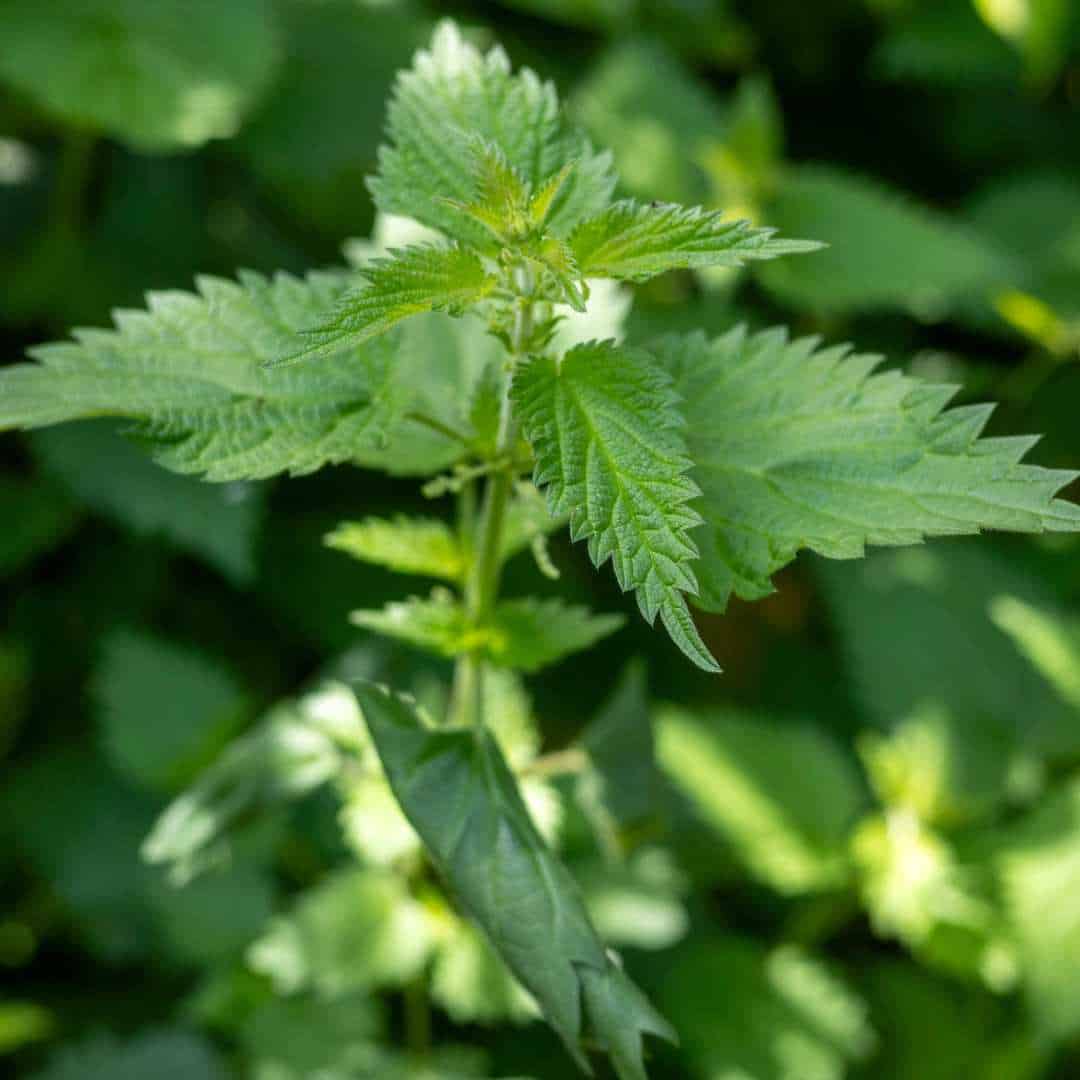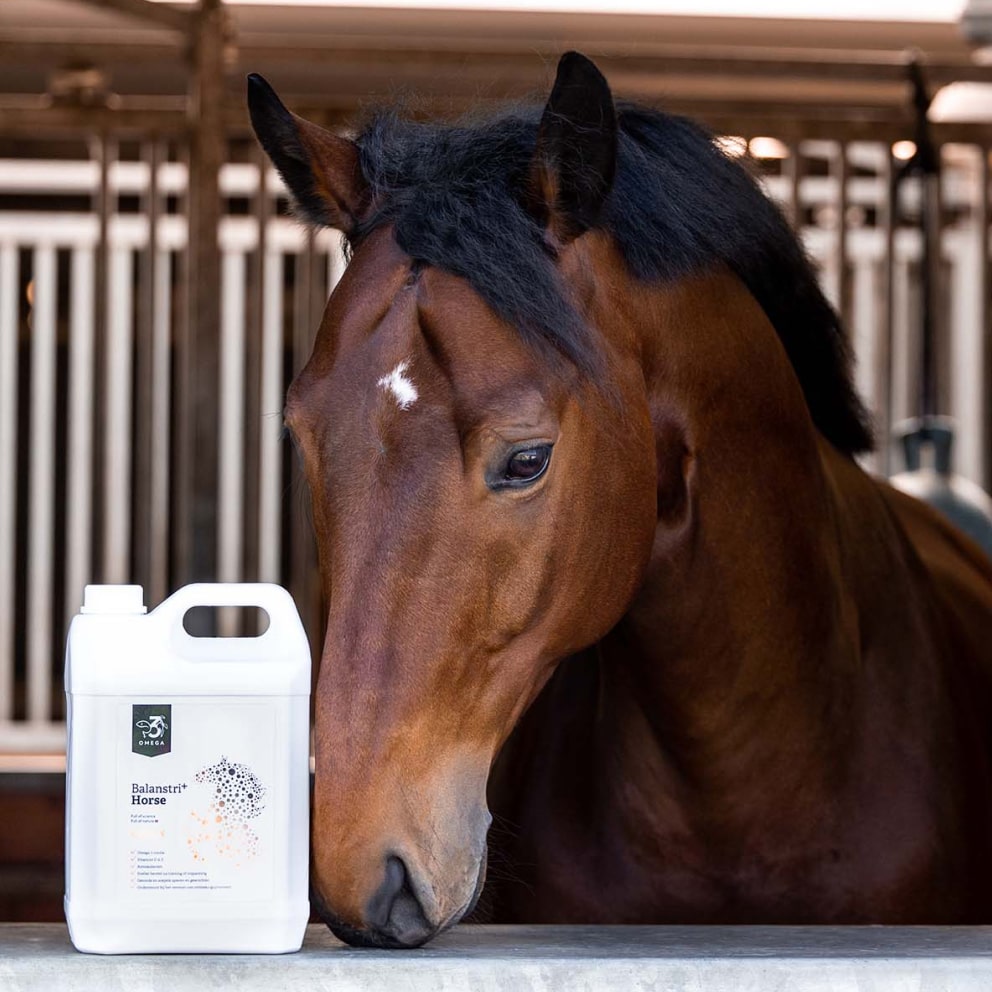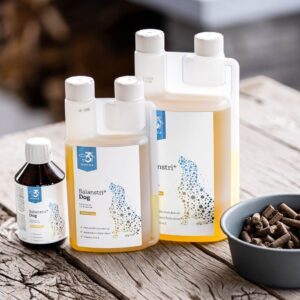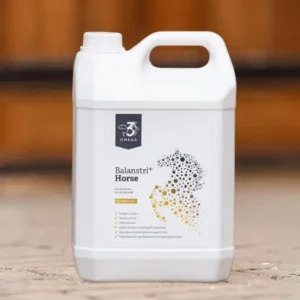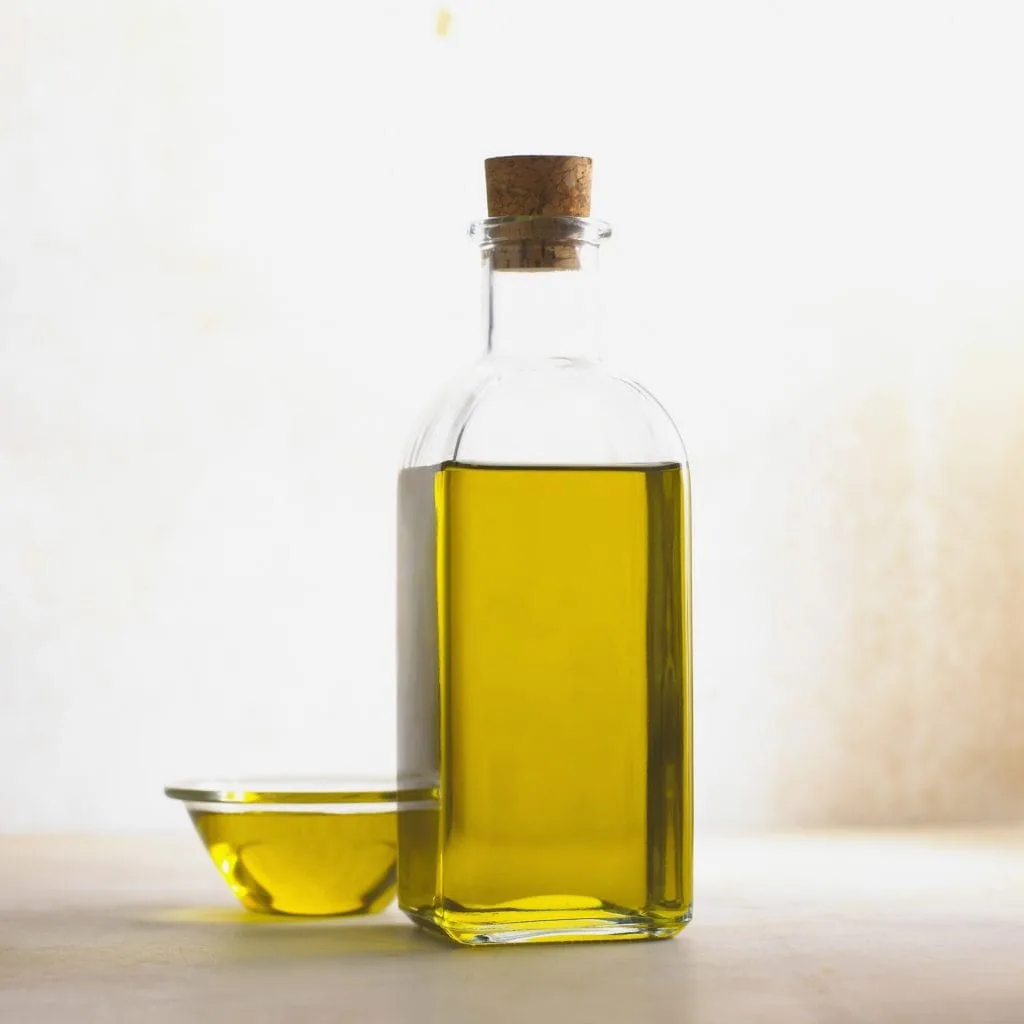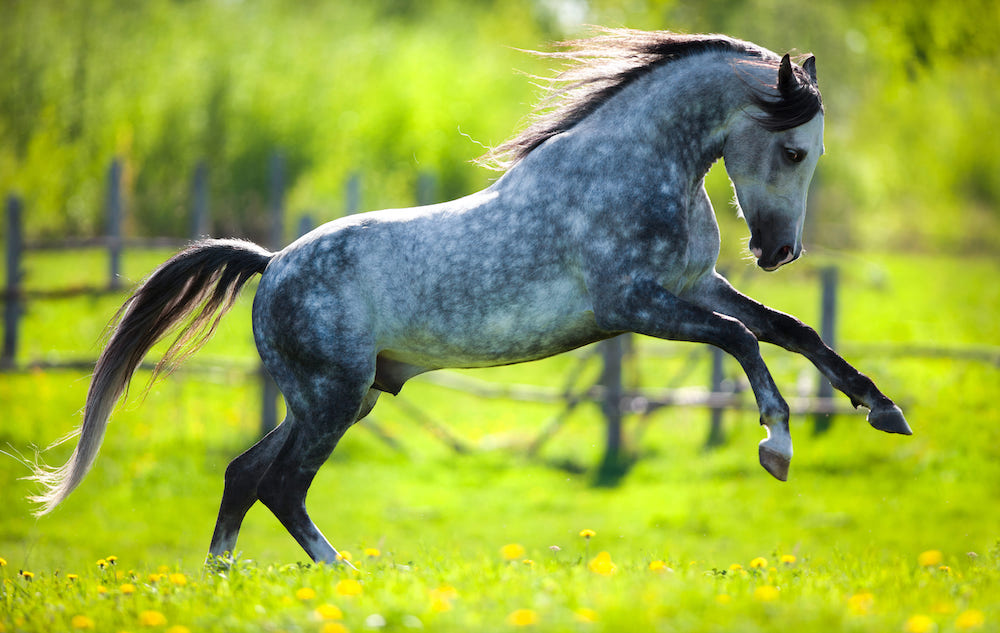You’ve recently noticed that your horse seems stiff, and you think it might be arthritis. You decide to do some research to see if your theory holds water. Some sources say it might be Degenerative Joint Disease (DJD), others suggest Osteoarthritis (OA), but all the symptoms sound the same. No need to panic—osteoarthritis, Degenerative Joint Disease, and arthritis are just different names for the same thing.
What is Arthritis?
Arthritis is progressive and permanent deterioration of articular cartilage, the specific type of cartilage that lines the ends of bones where they come together to form a joint, such as your horse’s fetlock. Healthy articular cartilage provides a smooth, slippery surface that allows free movement and contributes to the shock-absorbing properties of the joint. As arthritis sets in, articular cartilage becomes compromised, which disrupts the normally smooth surface, causing stiffness and discomfort.
Arthritis is one of the most common conditions that affect performance and pleasure horses. In fact, arthritis is believed to be responsible for up to 60% of all lameness. The joints most often affected by arthritis include the knee, fetlock, coffin, hock, and pastern (where it is often referred to as “ringbone”).
What are the Warning Signs of Arthritis?
A horse that appears stiff with uneven gaits and a shortened stride could be displaying signs of arthritis pain. Reluctance to pick up, keep, or change a lead in the canter or lope may also be signs of arthritis. In addition, horses that work at speed, such as jumpers, reiners, and barrel horses, may become unwilling to stop or turn. If you have started to notice some of these signs in your own horse, be sure to talk with your veterinarian.
How is a Horse Diagnosed with Arthritis?
Diagnosis begins with a complete history and physical examination by a veterinarian, including palpation. Next, the veterinarian observes the horse for soundness (with and without flexion tests) while jogged in-hand, lunged, and/or ridden. Nerve blocks may be helpful in localizing arthritis pain. Once a problem in a particular joint is identified, it may be examined further through X-rays (radiography), ultrasound, bone scan (nuclear scintigraphy), CT scan, and/or MRI.
Prescription Medications Available
If your horse has been diagnosed with arthritis, prescription medications may be an important part of your horse’s treatment and management program. Consult with your veterinarian to see if your horse could benefit from intra-articular (IA), intravenous (IV) and/or intramuscular (IM) joint medications.
Supplements that may Lend support
When it comes to supporting healthy joints, many veterinarians agree that there is a role for both prescription joint medications and oral joint supplements. While prescription medications are designed to help reduce inflammation and treat the signs of joint problems, oral joint supplements provide key ingredients like glucosamine, chondroitin sulfate, and hyaluronic acid (HA) to offer daily support for healthy joint fluid and tissues.
In fact, an eight-year study demonstrated that the use of an oral glucosamine/chondroitin sulfate supplement resulted in the decreased need for IA hock injections to maintain soundness in a group of hunter/jumper show horses. While this particular study refers to the injection of hyaluronic acid and/or steroids directly into the joint, the researchers’ findings support the general idea that there is a place for both prescription injectables and daily oral supplements when it comes to maintaining your horse’s joint health.
Common Joint Supplements
- Glucosamine: Research suggests glucosamine supports the production of new cartilage and helps combat cartilage breakdown.
- Chondroitin sulfate: Stimulates production of hyaluronic acid and proteoglycans; inhibits enzymes that break down cartilage.
- Hyaluronic acid (HA):Integral component of joint fluid and articular cartilage; provides lubrication and shock absorption.
- MSM: Highly bioavailable form of sulfur for building and repairing cartilage; helps support a normal inflammatory response.
- Vitamin C: A potent antioxidant, vitamin C protects tissues throughout the body and is vital in the production of connective tissues, including cartilage, tendons, and ligaments.


